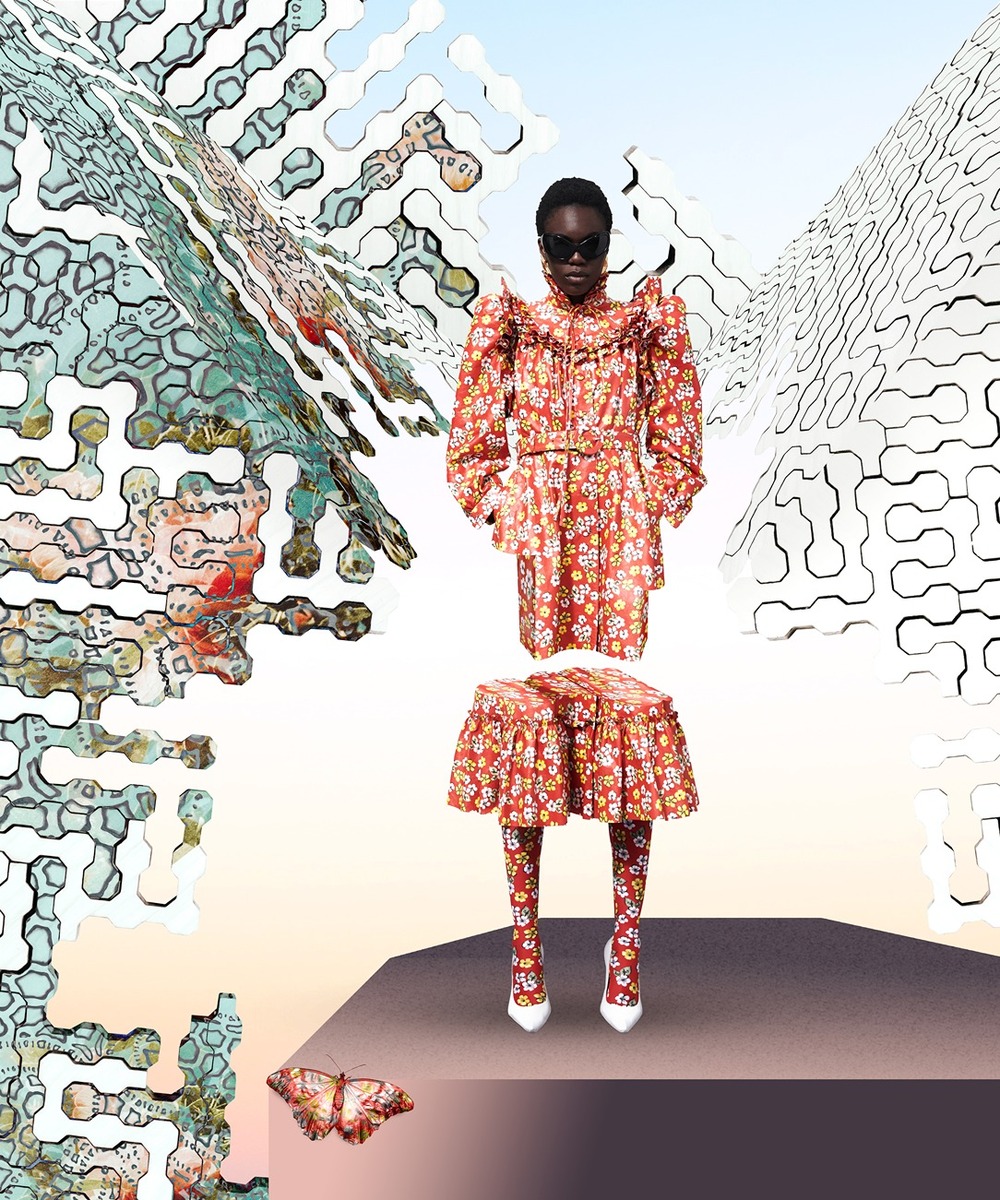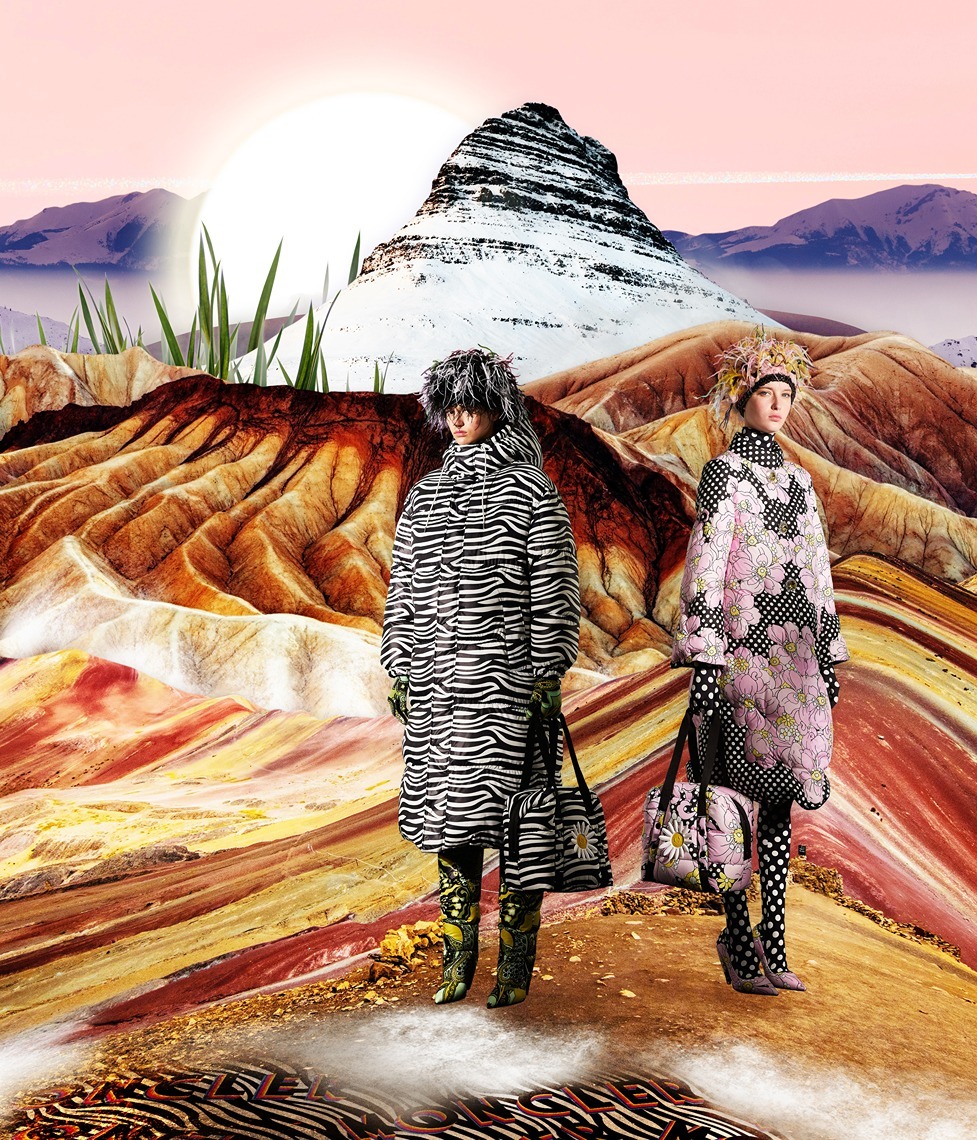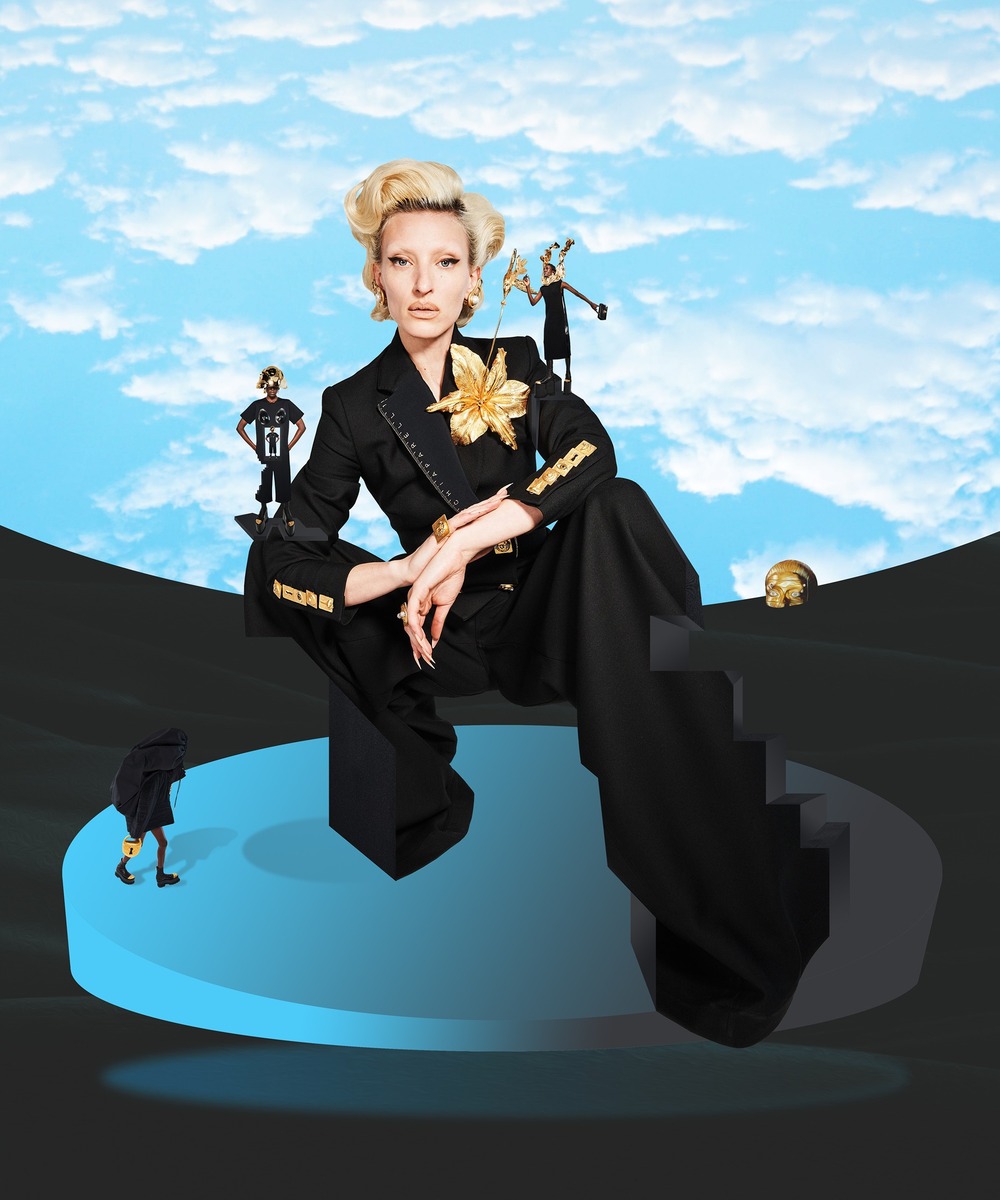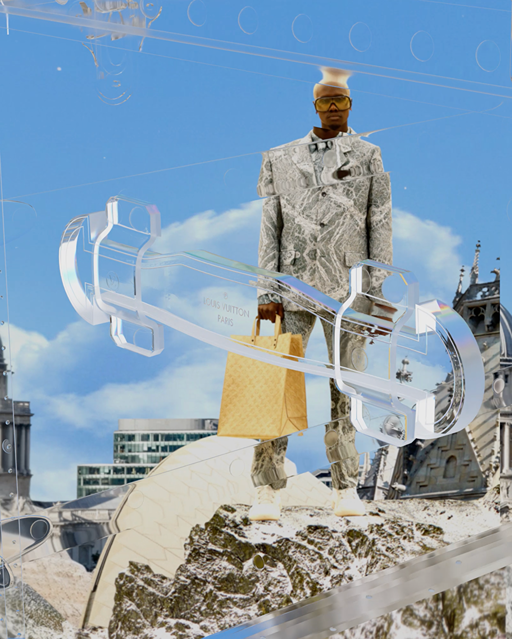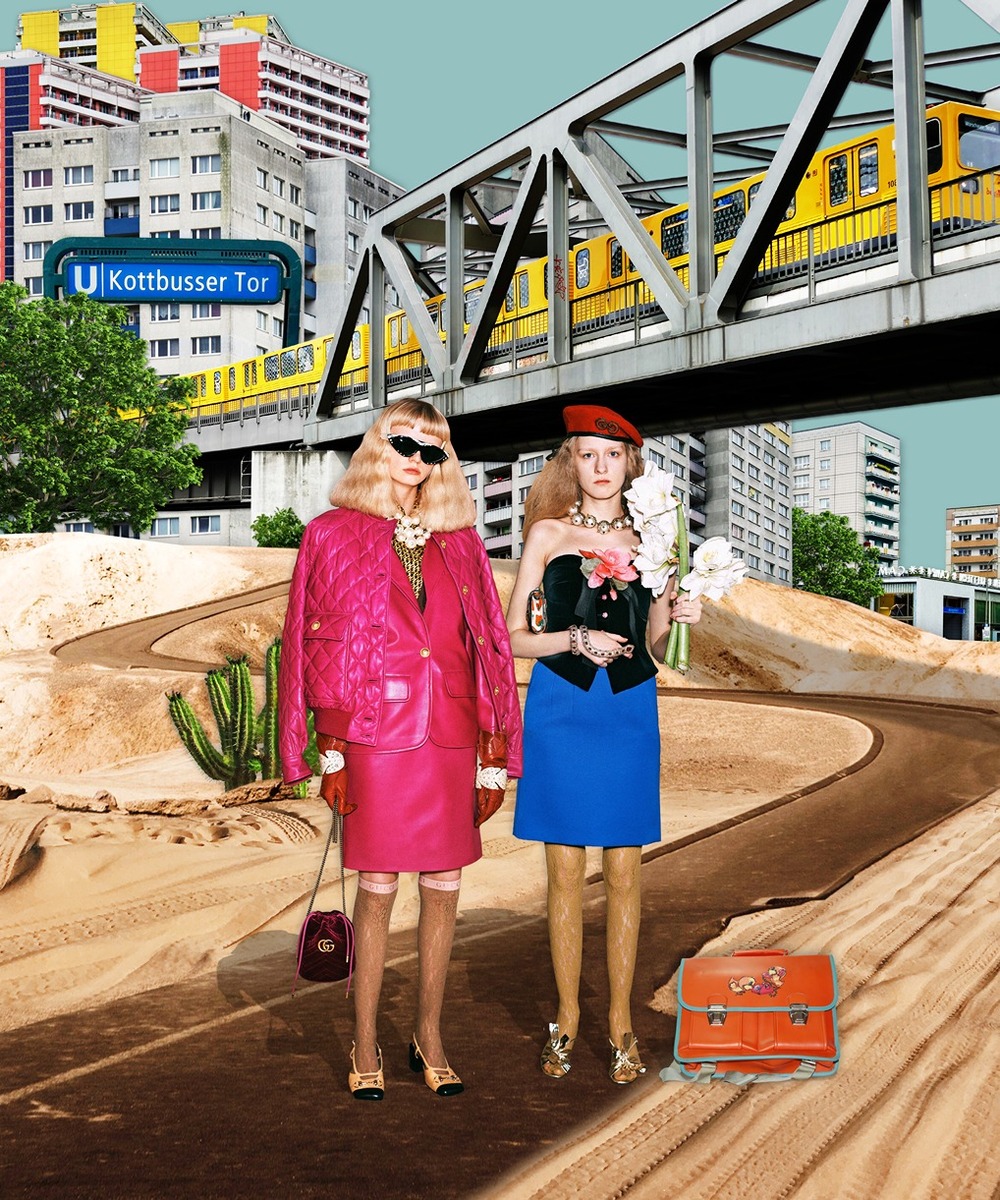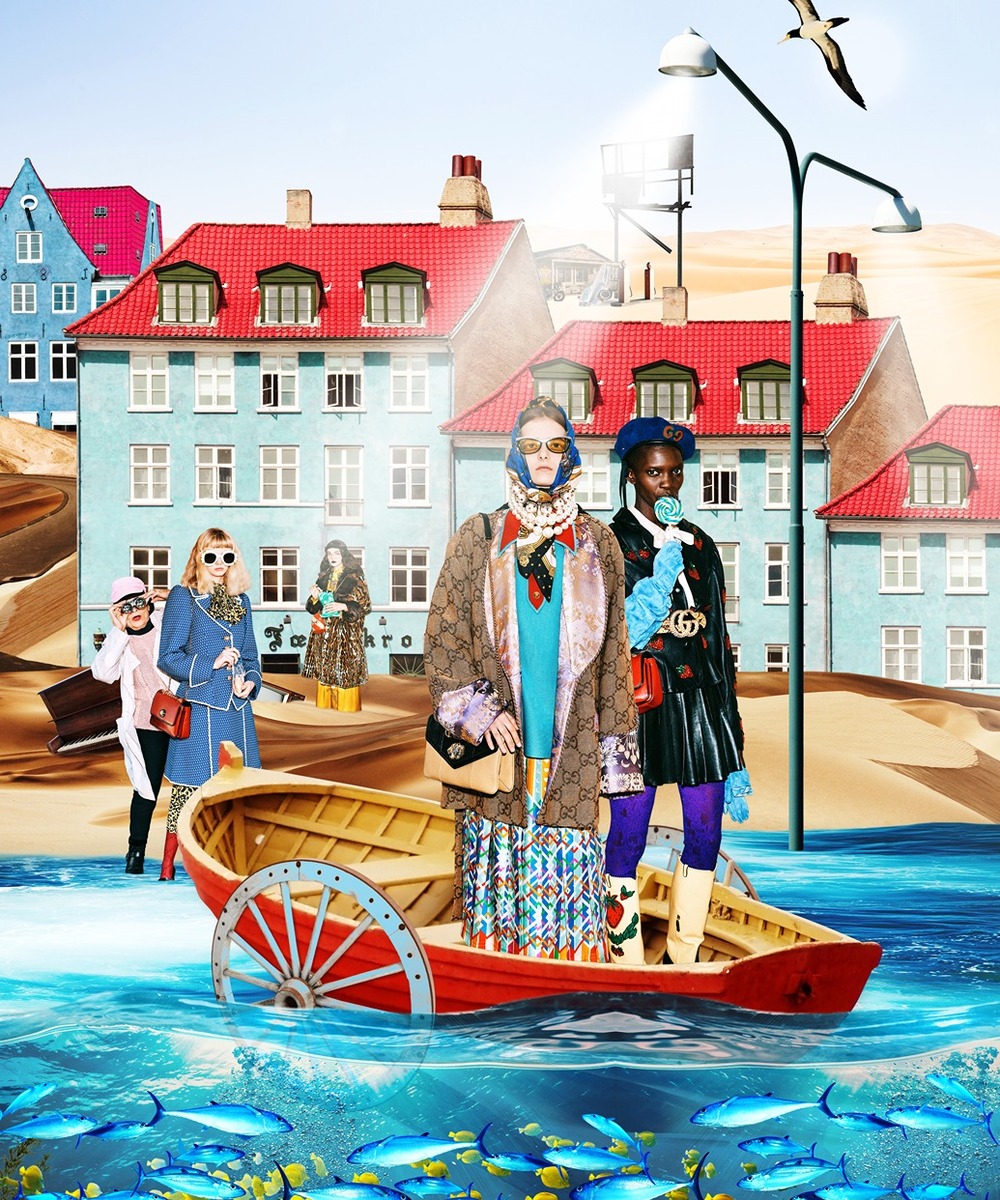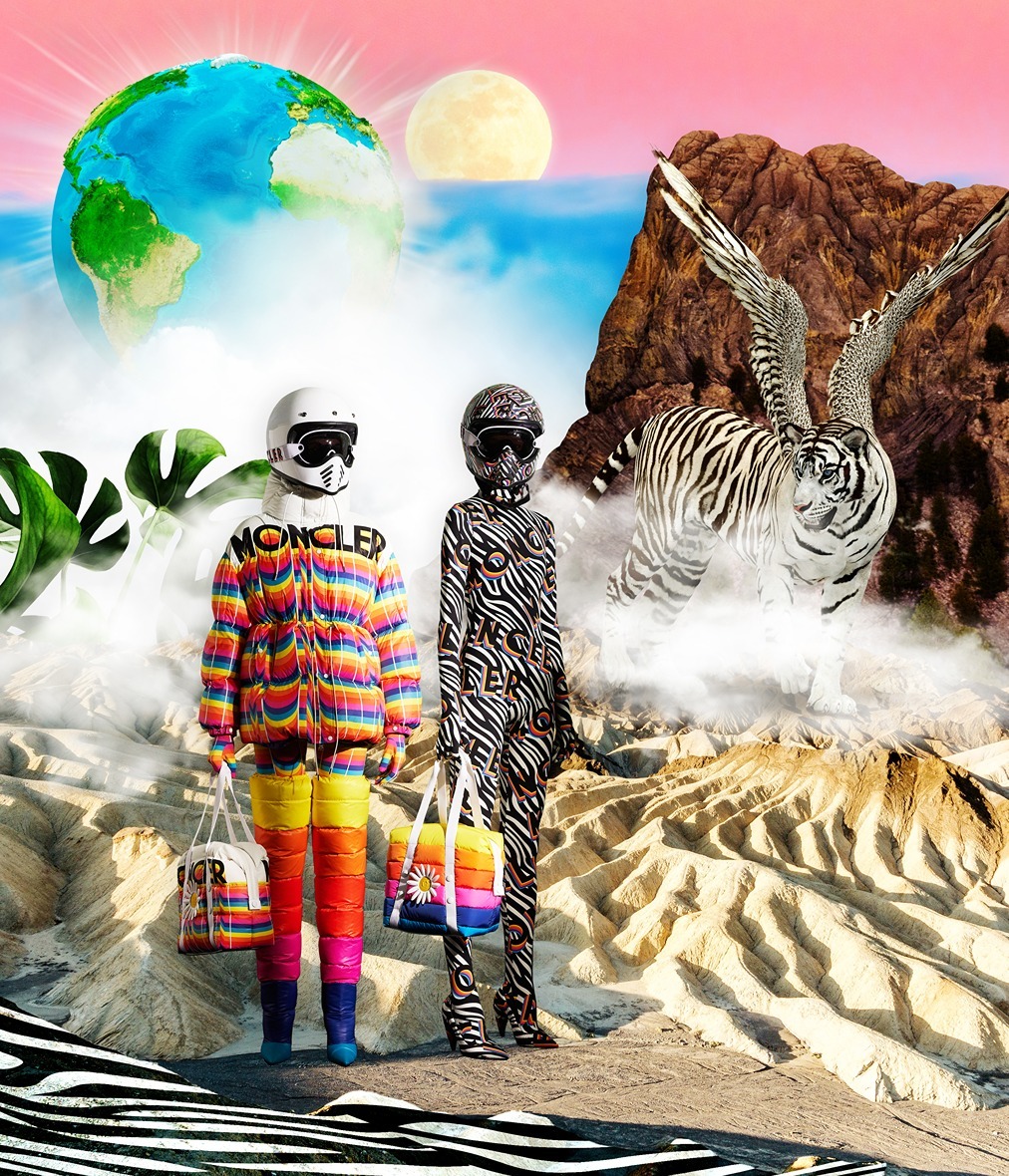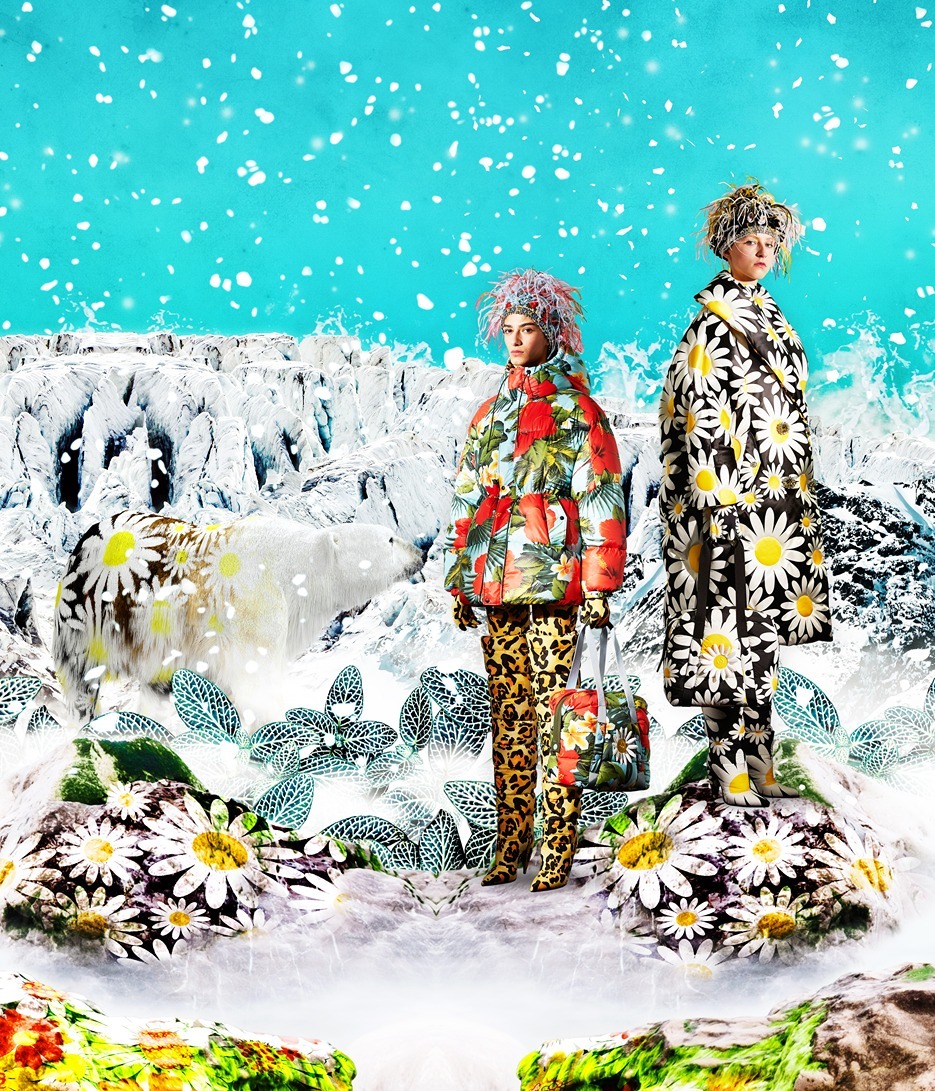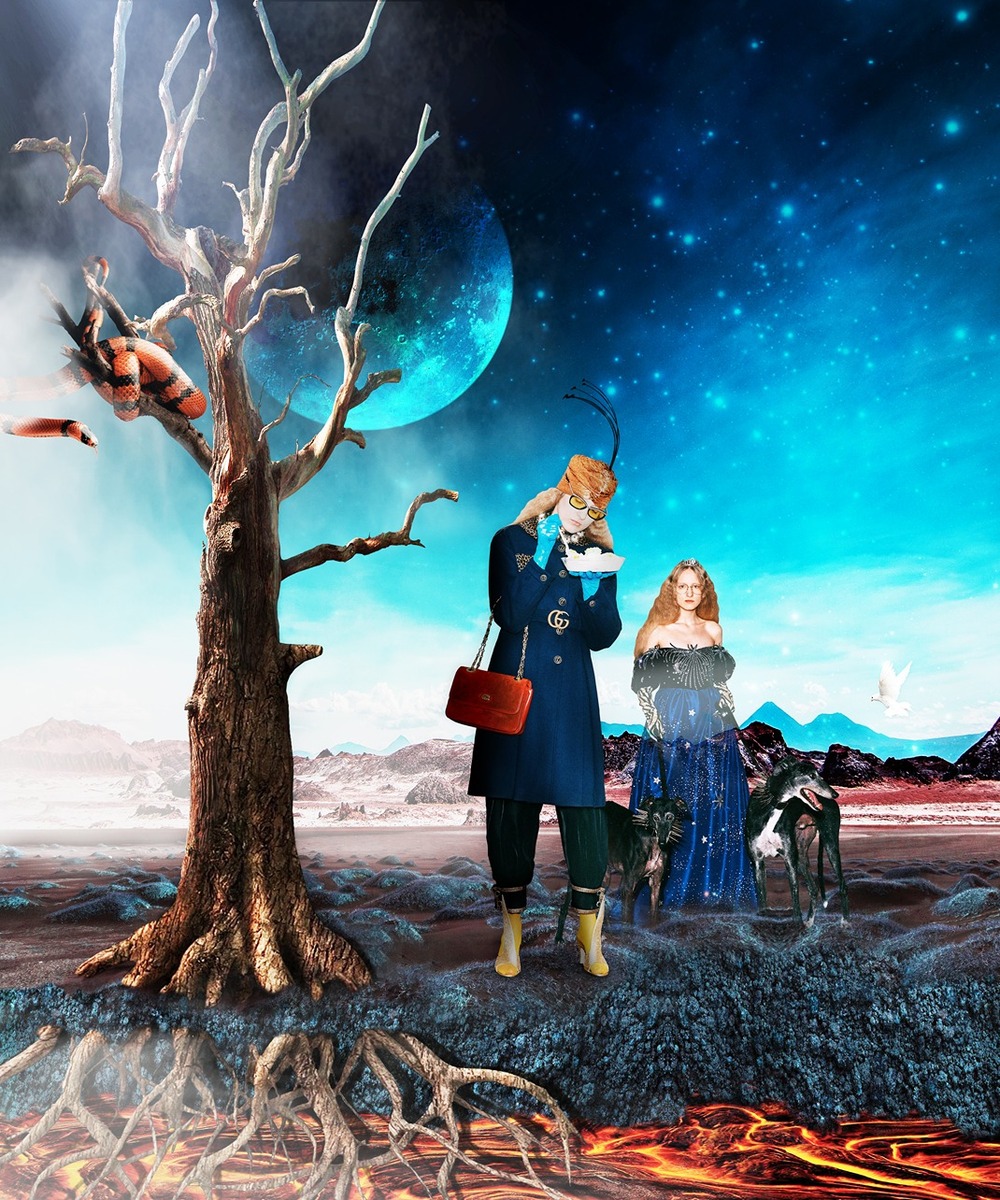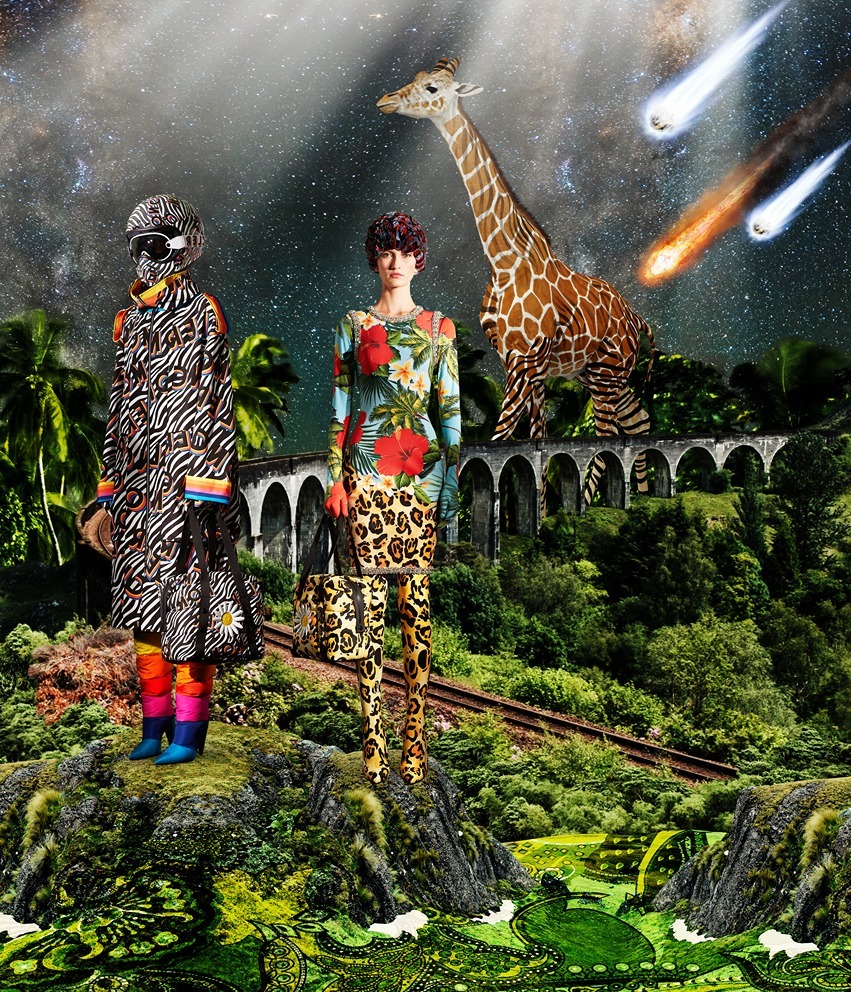Beyond The Canvas: The Art Of Constantin Prozorov
Architect of dynamic dreamscapes.
Constantin Prozorov, born on January 8, 1986, in Almaty, Kazakhstan, is a German artist now based in Paris. With a background in Fashion and Communication Design from Munich, he initially worked with Condé Nast before stepping into a solo artistic career. Drawing influence from iconic figures like Andy Warhol, Jeff Koons, and filmmakers such as Wes Anderson and Tim Burton, Constantin creates immersive digital collages that blend elements of visual culture, fashion, nature, and urban environments.
His work invites viewers into surreal, multi-layered worlds, using animation to bring his unique compositions to life. Collaborating with luxury brands like Gucci, Louis Vuitton, Moncler, and BMW, he’s helped redefine collage art for a new generation, combining creativity and cutting-edge technology in ways that captivate audiences globally.

Constantin’s work explores themes of fantasy, history, and nature, transforming traditional collage techniques into a modern storytelling tool. Known for his striking visual style, he has worked with global brands and been featured in top-tier publications like Vogue and Harper's Bazaar. As he continues to innovate in the world of digital collage, Constantin is shaping the future of visual art. We had the chance to ask him a few questions about his journey and creative process, and in the following interview, he offers deeper insights into his artistic vision and what’s next on the horizon.
Constantin, your digital collages blend elements of classical art, high fashion, and pop culture into surreal, animated dreamscapes. What initially drew you to this style, and how has your creative process evolved over the years?
My style emerged from a natural desire to tell stories that transcend time and reality. Early on, I was fascinated by fashion, cinema, and the emotional depth found in classical painting. While studying Fashion and Communication Design in Munich, I began experimenting with collage as a way to combine these influences. Over time, the work evolved—what started as static images became immersive, animated dreamscapes. Today, I use digital tools to build narratives that feel cinematic, emotional, and layered—each collage is a world of its own.

You’ve worked with some of the biggest luxury brands, from Louis Vuitton to Gucci and Moncler. How do you balance maintaining your artistic vision while collaborating with these major fashion houses?
Collaboration is all about trust. I’ve been incredibly lucky—brands like LOUIS VUITTON, GUCCI, MONCLER, and more recently UNIVERSAL GENÈVE (BREITLING), gave me the freedom to interpret their heritage through my lens. With Louis Vuitton, for example, I explored their legacy through a surreal animated trunk for the #LOUIS200 campaign, which appeared in their windows worldwide. With Moncler, my work for the first Genius campaign in 2019 was a milestone—it was also the start of my career. Each collaboration begins with deep research and emotional connection, but the story always stays true to my universe.

Your recent work has incorporated more animation and even 3D elements. How do you see technology—AI, digital tools, or even film—shaping the future of your art?
Technology allows me to go beyond boundaries. I’ve recently begun integrating AI-generated imagery into my process—combining it with photography and collage to create new surreal elements that wouldn’t have been possible before. I see AI as a creative partner, not a replacement. It expands my toolkit, but the emotional core—the story—always comes from me. I also see film and immersive experiences as the natural next step, allowing these surreal worlds to live in motion, sound, and space.

With your upcoming move to Los Angeles and growing interest in directing, how do you envision translating your collage-style storytelling into the world of film?
Film has always been in the back of my mind—it’s the ultimate collage of emotion, imagery, music, and narrative. My artworks already feel like stills from surreal films, so moving into directing feels like an organic evolution. I'm currently working on two books—one is a novel I plan to adapt into a film, and the other is a coffee table book combining my collages with surreal travel stories. Los Angeles, with its cinematic energy, feels like the right place to make that leap into filmmaking and build entire visual universes that move.

Your work often explores escapism, nostalgia, and surrealism. What emotions or messages do you hope people take away when they experience your art?
Above all, I want people to feel something personal. Whether it's a sense of wonder, longing, or curiosity, my goal is to open a door to the imagination. The surrealism, the layering of time periods and styles—it’s all about encouraging the viewer to escape reality for a moment and reflect on their own inner world. My work is not about answers, but questions. And if someone walks away feeling inspired to dream or create, then I’ve succeeded.

As Constantin Prozorov continues to push the boundaries of art, his work stands as a testament to the power of imagination and innovation. Through the fusion of digital collage, animation, and surreal storytelling, he creates worlds where fashion, history, and nature collide in visually striking and emotionally charged compositions. His collaborations with luxury brands and ventures into film and immersive experiences show that he’s not just an artist, but a visionary, constantly evolving and reshaping the landscape of modern visual culture.
As he embarks on the next chapter of his career, one thing is clear: Constantin’s ability to transform fantasy into reality will leave an indelible mark on both the art world and the creative industries at large.
